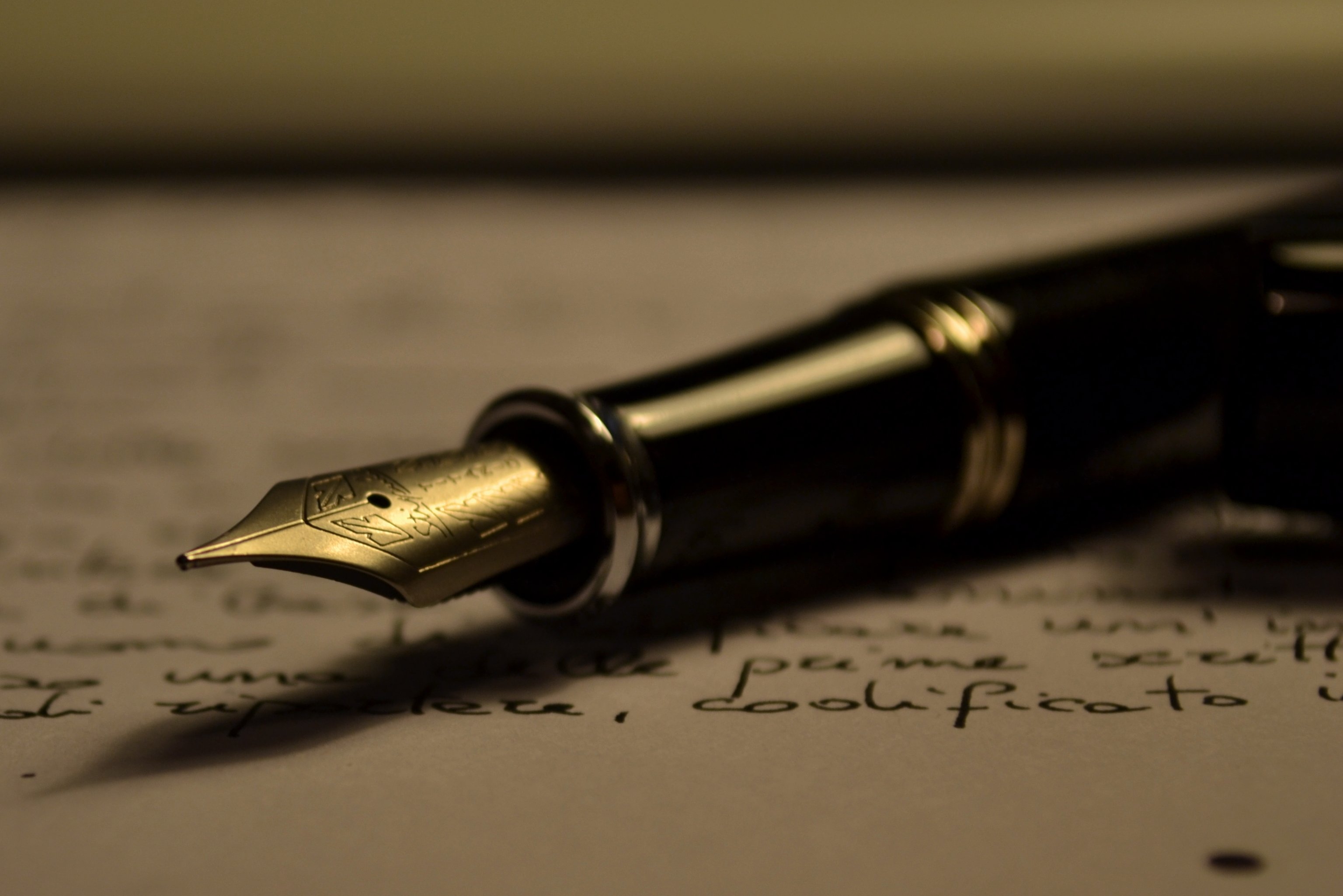Let’s assume you've finished a book. Inciting incident, midpoint, climax, resolution, The End. A book. You've read it and edited it and polished it until even your mother is sick of hearing about it. This is A Good Book. A book that will make waves, if only an agent or an editor would give it the time of day. All this is a given, because you wrote it. Of course it’s awesome.
But you’re not willing to wait for an editor. Or maybe you have waited, and you’re tired of waking up to an empty inbox. And say, wasn't 50 Shades being fan fiction originally? You can do better than, right, and how hard is this whole self-publishing thing, anyway?
A question, my fellow inkslinger: is this your first book?
If the answer here is yes, then consider this: TSwift is right. Haters gonna hate. But consider also: your first book is not nearly as good as you think it is. Unless you have spent a decade in the arts or journalism, there are flaws in your book that you are not capable of seeing yet. So please, for the sake of you-five-years-from-now, think long and hard about self-publishing your very earliest work.
That little piece of hard-earned advice out of the way, the question is: how do I do this thing?
It’s really not too hard, and it all comes down to time and money. You need four things to self-publish a book.
- Editing. Yes, yes, you've edited your book already. It’s polished until it gleams. If you've had multiple other people reading it specifically for copy issues, then you might be okay. But if not, I recommend finding a freelance copy editor. The book business, sad to say, is not the best paying gig in town, and many folks that edit your favorite authors will be happy to accept your special snowflake... for a fee.
- A Cover. While you can create your own cover, it probably isn't the best idea if you want to attract readers. If you choose the DIY route, check out the videos Jason Gurley created in early 2015. They offer a great starting point. If you choose to have someone else create your covers, be ready to do some research and to pay a pretty penny. Kboards is a great place to start. An inexpensive, premade cover can often be had for around $50, but a more professional cover is often $500 and goes up from there.
- A blurb. Go read the other blurbs in your genre. Copy and paste them. Retype them with your characters and conflicts. Get a feel for how they flow, and how they hook the reader. The best thing you can do here is to write something that fits with the other books in the genre.
- Formatting. This can actually be done fairly well by an average writer, using software tools you already have. Scrivener will produce very reasonable epub and mobi files as outputs. Even a decently formatted Word document will be converted by the major e-tailors and look alright.
There entire books about self-publishing that cover these items in even more detail. Two that I particularly like are Let’s Get Digital by David Gaughran and Write. Publish. Repeat. by Sean Platt, Johnny B. Truant, and David Wright.
Good luck, my fellow inkslingers. This writing game isn't for the faint of heart, and neither is self-publishing, but the steps here will help you avoid the most common pitfalls.


No comments:
Post a Comment
Got an opinion? Use it! Remember... be silly, be honest, and be nice/proofread.